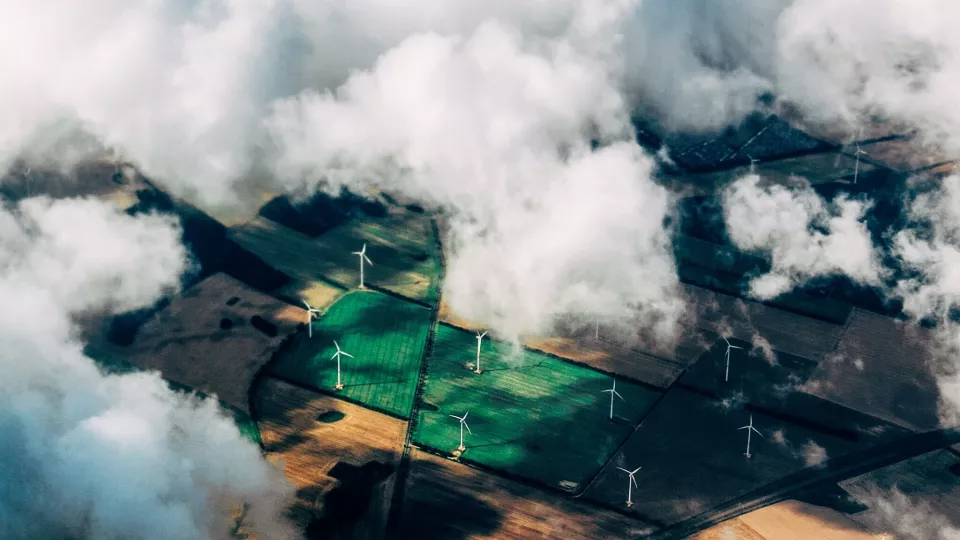In the effort to keep the planet from reaching dangerous temperatures, a hybrid approach called BECCS (bioenergy with carbon capture and storage) has a seductive appeal. Crops suck carbon dioxide (CO2) from the atmosphere, power plants burn the biomass to generate electricity, and the emissions are captured in a smokestack and pumped underground for long-term storage. Energy is generated even as CO2 is removed: an irresistible win-win. But this week, the United Nations's climate panel sounded a warning about creating vast bioenergy plantations, which could jeopardize food production, water supplies, and land rights for poor farmers.
"Our report is kind of a reality check," says Lennart Olsson of the Center for Sustainability Studies at Lund University in Sweden, a lead author of a special report published by the Intergovernmental Panel on Climate Change (IPCC) in Geneva, Switzerland. Instead of betting big on bioenergy, governments need to focus on the hard medicine of cutting fossil fuel use, he says. "There is no shortcut to climate change mitigation."
